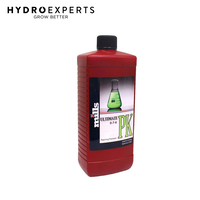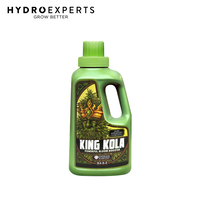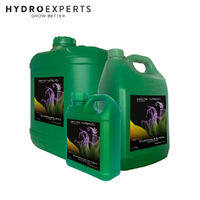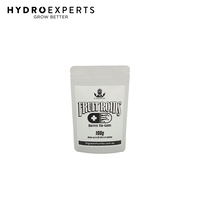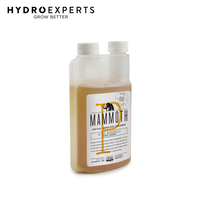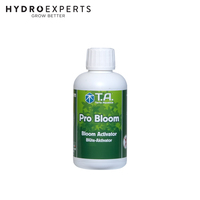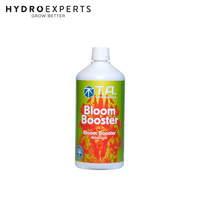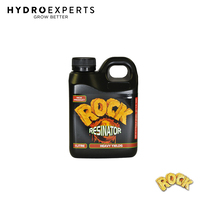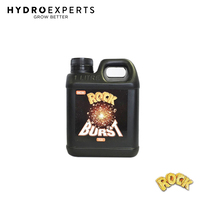Med-Tek PK Elicit - 1L / 5L / 20L | Promotes Healthy Flowering
IN STOCK
FREE SHIPPING OVER $499*
Pick up at store Free
Delivery Options:
If cart total is less than $499*
Freight applies
If cart total is $499* & above
Free
*excluding bulky items
International shipping
Click hereSECURE PAYMENTS WITH

BUY NOW, PAY LATER
Pay in 4, interest-free. Afterpay it.

ZIP NOW, PAY LATER
Repay on a convenient weekly, fortnightly or monthly schedule.

ENJOY NOW, PAY LATER





PK Elicit is a biostimulant, PK Booster that, besides P and K, incorporates other key essential nutrients that are required to achieve prolific, healthy flowering. Additionally, PK Elicit utilises phosphites (Phi) and low molecular weight organic acids to bring out the best in your crop.
Important Notes
PK Elicit contains two organic acids. These organic acids promote healthy microflora in the substrate and act as chelators/complexors to aid nutrient availability and uptake.
However, as a result of these organic acids, PK Elicit has a low/acidic pH (approx. pH 4). Because of this, when you add PK Elicit to the nutrient solution a drop in pH will occur.
When mixing a new nutrient solution always add Super Silica first. Super Silica is highly alkaline (it has a high pH) so it raises pH when added water/nutrient solution. After adding Super Silica, pH adjust to approximately 7.2 using pH down. Then add base nutrient. Lastly, add PK Elicit which will lower pH. Make any pH adjustment required to bring the solution range into optimum of pH 5.5 – 5.8 from there.
Features
- Increased yields
- Increased quality (higher essential oil production)
Specifications
NPK: 1 – 6 – 7
- Mg 0.7
- S 0.5
- Fe 0.04
- Zn 0.007
- B 0.01%
In The Box
- [1] x Med-Tek PK Elicit - 1L / 5L / 20L | Promotes Healthy Flowering
Recommended usage rate 1 – 2 ml/L during bloom
EC when used at a given ml per litre usage rate (all tests carried out in distilled water)
- 1ml/L PK Elicit: 0.4 mS/cm (423 uS/cm)
- 2ml/L PK Elicit: 0.673 mS/cm
PK Elicit + Coir Flores EC
- 2ml/L Coir Flores + 2ml/L PK Elicit: 1.7 mS/cm
- 2.5ml/L Coir Flores + 2ml/L PK Elicit: 2.022 mS/cm
Med-Tek Coir Series
Feed chart based on 8-week bloom finishing time genetics. Some genetics take longer to finish and, as a result, feed recommendations should be adapted to suit. Switch down times from the18 hour lights on the vegetative phase to the 12-hour lights on the bloom phase will be determined by plant genetics and the desired finishing height of the plant/crop.
Vegetative Phase
.png)
Please note: we do not list in ppm, as some manufacturers do, because all ppm meters first measure in EC (electric conductivity) and then run a conversion program to display the reading in ppm. There are three different conversion factors (standards) that various manufacturers use for converting from EC to ppm. Thus, ppm is not a universal standard whereas EC is.
Bloom Phase
.png)
Cal-Mag Micro
Med Tek also manufactures and supplies Cal-Mag Micro, which doesn’t feature on the nutrient schedule. This is because, under normal coir growing conditions, our base nutrients supply adequate calcium and magnesium to fully satisfy the demands of the crop. However, Cal-Mag Micro was developed for growers who use RO or soft water (low to nil Ca and Mg in the water supply). Additionally, Cal-Mag Micro was produced to help plants that are under nutrient stress, and it is also handy for LED growers due to the fact that the calcium and magnesium requirement of the plant increases quite dramatically under some LED spectrums. Use Cal-Mag Micro at 1ml/L with RO or soft water supplies, 1- 2ml/L to help plants that are under nutrient stress (i.e. plants showing signs of calcium and/or magnesium deficiency) and use at 2ml/L during veg and transition if deficiencies appear in LED grows.
Feed charts should be seen as a guide only. Optimum EC is influenced by factors such as feed/fertigation frequency, light intensity and spectrum, temperature and humidity, and cultivar. Feed charts act to help less advanced growers (newbies) refine and develop a more sophisticated fertigation strategy relevant to their style of growing.

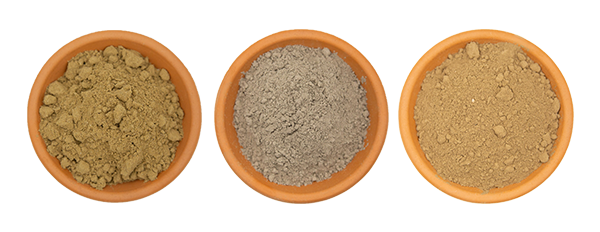
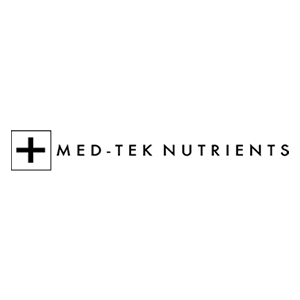
![Med-Tek PK Elicit - [Size: 5L]](/assets/full/ADDT02052.jpg?20230424154111)
![Med-Tek PK Elicit - [Size: 5L]](/assets/thumbL/ADDT02052.jpg?20230424154111)


 Calculate shipping
Calculate shipping
